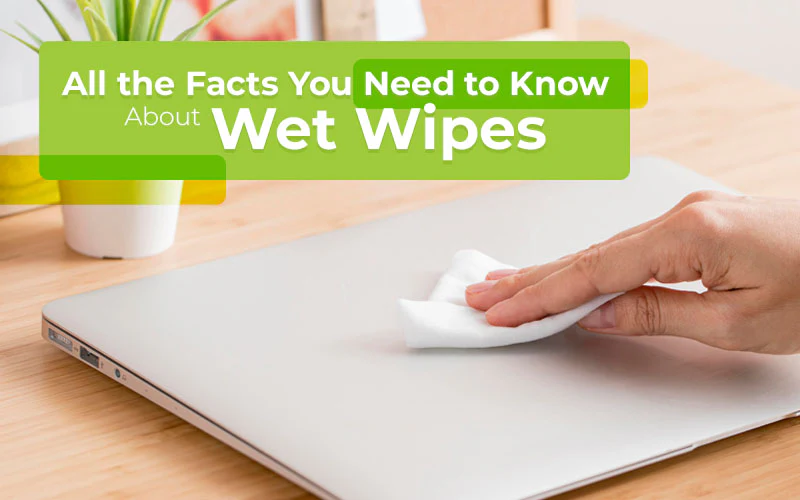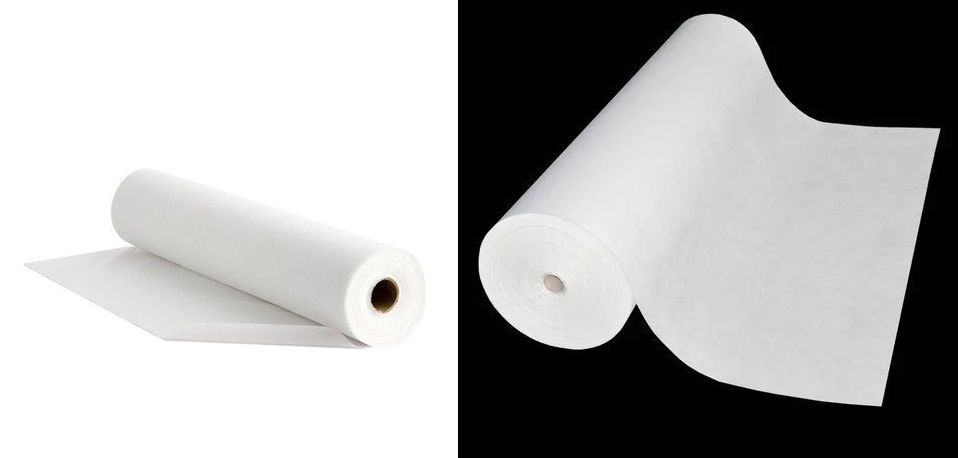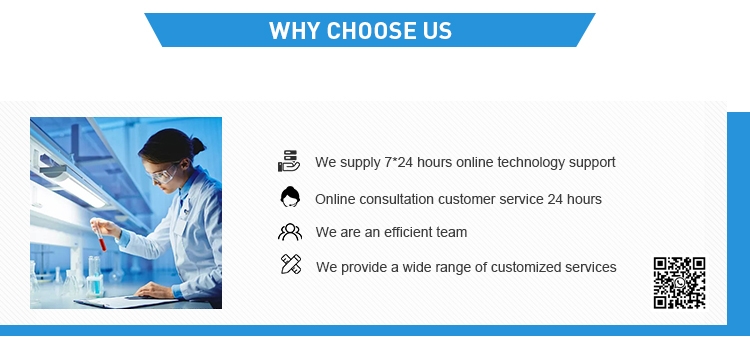
Article 1

- Non-woven fabric materials -
Non-woven fabric materials are divided into several categories: pure plant (cotton, etc.), all-viscose fiber (rayon, artificial wool, etc.), viscose polyester blend.
*Cotton non-woven fabric: 100% cotton is made after degreasing, spunlacing, drying, sterilization and other processes, and no chemical additives are exposed during the processing. Cotton non-woven fabric feels very soft and does not pollute the environment
*Viscose non-woven fabric: It is made of natural fibers (wood fibers, cotton lint, etc.) and is made through a series of processing steps. The processing involves chemical steps and will contact chemical substances. Some brands claim that rayon and artificial cotton are all viscose materials, which still have chemical components.
*Viscose polyester blended non-woven fabric: Viscose and polyester are mixed in different proportions. The higher the viscose ratio, the softer the cloth and the greater the cost. Most wet wipes on the market are made of non-woven fabrics made of viscose and polyester blends
Cost comparison: 100% cotton > 100% viscose > blends
Safety factor: 100% cotton > 100% viscose > blends
Environmental protection factor: 100% cotton > 100% viscose > blends
Article 2

- Raw material formula -
01
Preservatives
The shelf life of wet wipes is generally 2 years or 24 months. In order to ensure the quality stability of wet wipes during the validity period, antibacterial ingredients are added to the formula. Chemical preservatives are almost always added to traditional wet wipes. The more common preservatives are:
CIT/MIT
Bropol
Paraben esters
Guanidines
*CIT/MIT: Excessive use of CIT/MIT by infants can irritate the skin, cause skin sensitivity and irritation, and affect normal development. The European Union banned its use in leave-on products in 2017. The Ministry of Health of China has not explicitly banned it, but has only set an upper limit for its addition. A cotton wet wipe on the market has been found to contain CIT/MIT ingredients.
*Bropol: It is irritating to the eyes, skin, and mucous membranes, harmful to the environment, and releases trace amounts of formaldehyde under hydrolysis.
*Paraben esters: Excessive use can irritate the skin and affect the body's normal androgen secretion. Use by pregnant women can cause genital malformations in newborns.
*Guanidines: As early as 2013, the EU listed it as CMR2, i.e., Class 2 carcinogenic, mutagenic, and reproductively toxic substances
Really safe wet wipes should not contain harmful chemical preservatives such as CIT/MIT, Bropol, parabens, guanidines, phenoxyethanol, chlorphenesin, and formaldehyde.
02
Water
Traditional wet wipes will introduce the water used for wet wipes in the packaging and e-commerce details page: RO pure water or EDI pure water
In terms of water quality standards, the purity of EDI pure water is higher than that of RO pure water;
In terms of processing procedures, EDI pure water has higher requirements for equipment and factories;
Factories that use EDI pure water are generally larger in scale and have more advanced equipment.
Purity: EDI pure water > RO pure water
Article 3

-Packaging-
The production environment of wet wipes also affects the quality of wet wipes. The manual production line has a greater risk of bacterial contamination due to manual contact. The production environment of wet wipes can be basically judged based on the seal and creases on the product packaging.
The four long sides of the manual crease are very obvious creases
There are no obvious creases in machine production, and the four long sides form a natural arc
Pollution risk: manual packaging > machine production







 English
English
 USA
USA
 西班牙语
西班牙语
 俄罗斯
俄罗斯
 葡萄牙
葡萄牙
 印尼
印尼
 巴基斯坦
巴基斯坦
 尼日利亚
尼日利亚
 孟加拉
孟加拉
 墨西哥
墨西哥
 越南
越南
 日本
日本
 韩国
韩国

